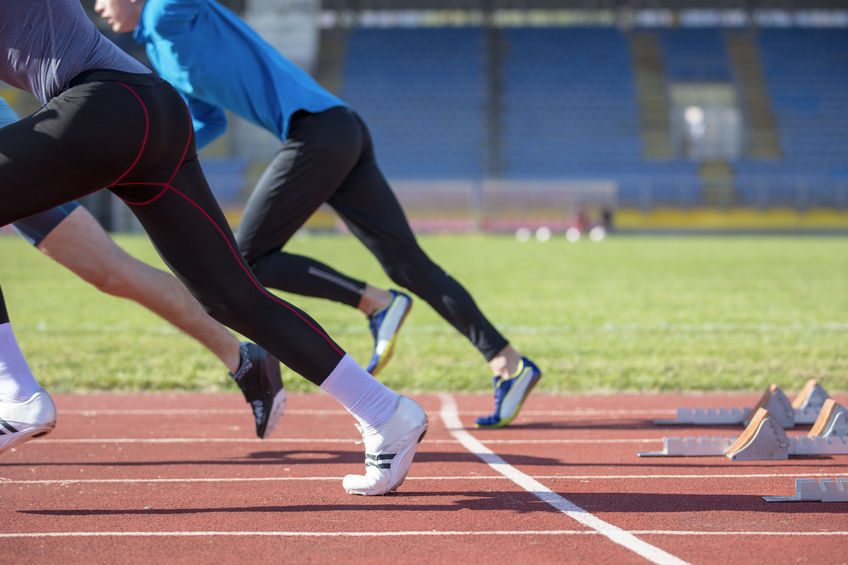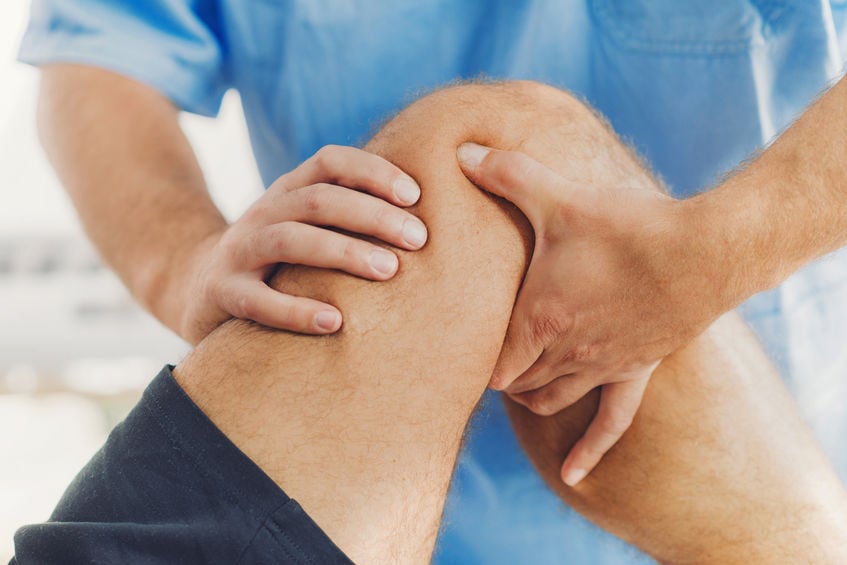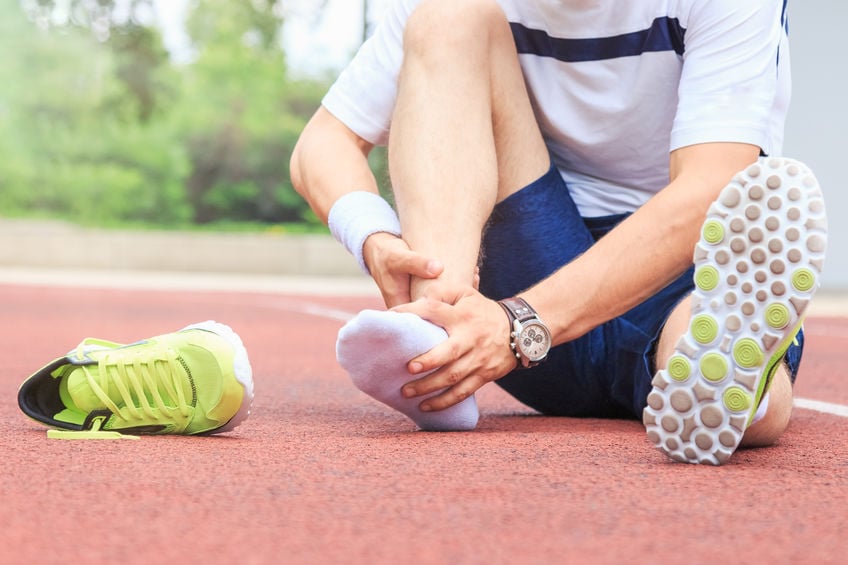The Road To ACL Recovery
With 1 in 4 Americans involved in sports, ACL injuries are becoming more common. These injuries aren’t limited to athletes. Persons who are moderately active or suffer an unfortunate accident also experience ACL injuries. Most ACL injuries require surgery. However, the recovery process is even more important. Recovery from ACL surgery is considered one of the most difficult. But following the process can have anyone, athlete or otherwise, running again.
What’s an ACL anyway?
Before dissecting the recovery process, injured patients should understand what’s happening with the ACL. Knees endure constant stress, which is only increased by high-performance sports. The ACL is a strong ligament at the center of the knee, connecting the thigh and shin bones. Along with the PCL, this ligament helps the knee go back and forth without the bones sliding out of place. ACLs also help with rotation and sudden changes in direction.
ACL tears and surgery
Because of the importance of ACLs, the ligaments are prone to partial or full tears. Most tears are non-contact. The person most likely landed awkwardly or twisted in an unnatural position. However, there are cases where a collision, especially in sports, can cause a tear. A loud popping sound is often heard, indicating the ligament is ruptured. ACL surgery is often necessary and involves replacing the damaged tendon with a new one. The tendon can be grafted or donated. Surgery is usually a minimally invasive outpatient procedure.
Setting the foundation for recovery
ACL reconstruction is just the start. Recovery starts immediately after surgery with a combination of physical therapy and rest. In the first 2 weeks, the patient will be mostly immobile, using crutches to move around. Rest, elevation and wound care are the primary goals at this stage. If available, a continuous passive motion machine helps gently move the joint while at rest. This sets the foundation for movement in the coming months.
From resting to walking
After 2 weeks, the surgeon will install a brace and encourage standing and steps with the leg. Physical therapy intensifies at this point. The patient uses a combination of stretching, stationary bikes, and strength building. Therapy helps build muscle strength and improves the range of motion. As time progresses, walking and general movement become easier. The physical therapist may raise the intensity at the 3-month mark.
From walking to running
From 3 months onward, the doctor and physical therapist will assess the knee’s progress. If the patient can stand, bend, and walk a considerable distance without pain and swelling, running may be possible. The patient can do intervals of running and jogging, with the jogging no more than 5 minutes. The duration and intensity of running rise until at least 25-30 minutes are possible, usually at the 6-month mark.
A full recovery
Between 6-12 months, most persons can resume full activities, including running. Full activities could resume as early as 9 months or as late as 12 months. There are some factors to consider, like weight, fitness level, rest, and consistency with therapy. With a high success rate, patients should expect this period to go smoothly.
Get back running today
ACL injuries can be devastating. However, surgery has a high success rate. At the same time, ACL injuries require a long recovery. But with consistency, the patient can get back to full running within 6 months. Speak with the physical therapist and surgeon for clarity and to share future running goals.



